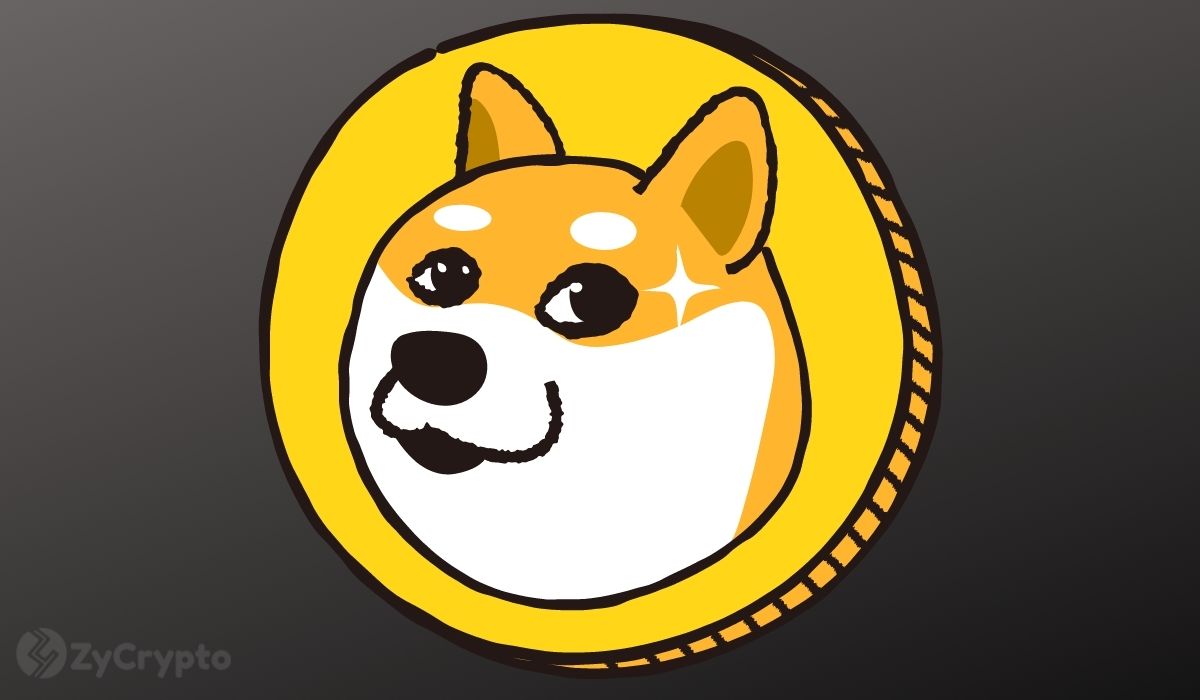Blitz News Digest
Stay updated with the latest trends and insights.
To the Moon or Just a Meme? The Dogecoin Dilemma
Discover the truth behind Dogecoin! Is it a genuine investment or just a viral meme? Unravel the Dogecoin dilemma now!
The Rise and Fall of Dogecoin: A Comprehensive Overview
The cryptocurrency Dogecoin was created in December 2013 by software engineers Billy Markus and Jackson Palmer as a lighthearted alternative to Bitcoin. Inspired by the popular 'Doge' meme, it quickly gained popularity among the internet community. With its fun and approachable branding, Dogecoin became a favorite for tipping content creators and supporting charitable causes. By 2021, the coin's value skyrocketed, driven by fervent community support and high-profile endorsements, notably from celebrities like Elon Musk. This meteoric rise in value solidified Dogecoin's status as a legitimate player in the digital currency market.
However, the story of Dogecoin took a turn as its hype began to fade. Despite its initial success, the coin faced increasing scrutiny and challenges, including market volatility and competition from other cryptocurrencies. By mid-2021, Dogecoin experienced significant price fluctuations, leading to disillusionment among some investors. As the novelty wore off, many began to question its long-term viability, resulting in a decline in popularity. The rise and fall of Dogecoin serves as a compelling case study in the ever-shifting landscape of cryptocurrency, reflecting both the potential and the pitfalls of digital assets.

Is Dogecoin a Sustainable Investment or Just a Trend?
Dogecoin, originally created as a joke, has gained significant popularity and attracted a passionate community of supporters. Its rise has brought about questions regarding its viability as a sustainable investment. Unlike traditional cryptocurrencies such as Bitcoin, which have a capped supply, Dogecoin features an unlimited supply. This characteristic raises concerns about inflation and value retention over time. Despite its playful beginnings, Dogecoin has achieved a notable market capitalization, and its vibrant community often rallies around social media campaigns and charitable causes, creating a sense of belonging among its holders.
However, evaluating Dogecoin as a long-term investment involves assessing its market volatility and reliance on trends. The cryptocurrency can experience dramatic price swings influenced by social media sentiment and celebrity endorsements, suggesting that it may not possess the fundamental qualities of a sustainable asset. Investors should consider their risk tolerance and investment goals when deciding whether to include Dogecoin in their portfolio. Ultimately, while Dogecoin may offer short-term profit opportunities, potential investors should be cautious, as its future remains uncertain amidst the ever-evolving landscape of cryptocurrency.
Understanding the Meme Culture Behind Dogecoin
Understanding the meme culture behind Dogecoin is essential to appreciate its rise from a simple joke to a significant player in the cryptocurrency market. Launched in December 2013, Dogecoin was inspired by the Doge meme featuring a Shiba Inu dog, which resonated with internet users for its humorous and relatable nature. The early adopters of Dogecoin embraced this meme culture, using it not just as a way to promote the cryptocurrency but also to create a community centered around fun, inclusiveness, and a spirit of generosity, exemplified by initiatives such as fundraising for charitable causes and sponsorship of sports events.
The meme culture surrounding Dogecoin has played a pivotal role in its viral popularity. Social media platforms like Twitter and Reddit have become hotbeds for Dogecoin enthusiasts, sharing memes, jokes, and engaging content that continually fuels interest in the coin. The famous phrase 'To the moon!' became a rallying cry among its supporters, symbolizing their hopes for Dogecoin's value to skyrocket. This dynamic interplay between humor and community engagement is what sets Dogecoin apart, proving that a playful approach to cryptocurrency can create a strong, loyal following and redefine what it means to invest in digital assets.